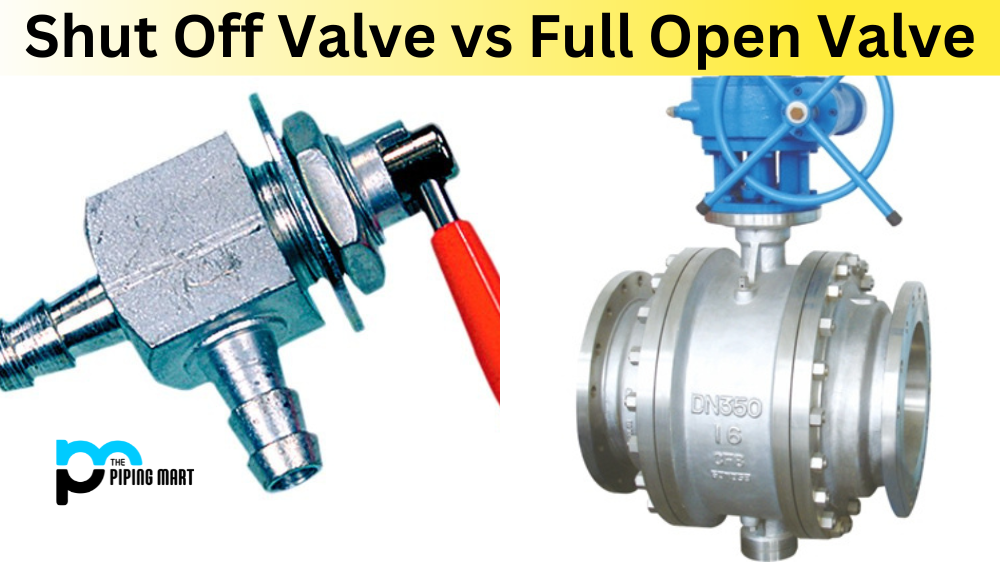Regarding engineering and mechanics, various components and devices are used to facilitate machines’ smooth and efficient operation. One such device is the sliding valve, commonly used in gas and steam engines and hydraulic systems. In this blog post, we’ll delve deeper into what a sliding valve is, how it works and its applications. We’ll also provide helpful tips on using it effectively, especially if you’re new to this technology.
What is Sliding Valve?
A sliding valve is a type of valve that controls the flow of a working fluid in a machine. It has a piston-shaped element that moves back and forth within the valve body to either open or close a port through which a fluid flows. As the piston slides within the valve body, it covers and uncovers ports to regulate fluid flow. Sliding valves are commonly used in internal combustion engines, where they are used to control the intake and exhaust of gases. They are also used in hydraulic pumps to move fluid around the system.
How Does a Sliding Valve Work?
A sliding valve works by controlling fluid flow using a piston that slides back and forth within the valve body. The piston is usually connected to a camshaft or another mechanism that moves it back and forth. When the piston uncovers a port, fluid flows through the valve body. When the piston covers a port, the flow of fluid is blocked. The movement of the piston is usually synchronized with the engine’s motion to ensure that the intake and exhaust valves open and close at the right time.
Applications of Sliding Valves:
Sliding valves have several useful applications in modern machinery. They are commonly used in engines to control the intake and exhaust of gases. They also control the flow of hydraulic fluids in pumps and other hydraulic systems. Other sliding valve applications include compressors, heating and cooling systems, and pneumatics.
Tips on Using Sliding Valves:
Sliding valves can be an incredibly effective tool when used correctly. Here are a few tips on how to use your sliding valve effectively:
Ensure you know what type of fluid you’ll be pumping, and ensure your valve is compatible with this fluid. Different fluids have different properties, and certain valves may only be suitable for certain types of fluids.
Keep your valve clean and well-maintained. Sliding valves can accumulate dirt and other debris over time, and this can cause them to fail. Regular maintenance and cleaning can ensure that your valve operates smoothly and efficiently.
Pay attention to the timing of your valve. The timing of a sliding valve is critical to its operation, and even a slight misalignment can cause the valve to fail. Ensure your valve is properly synchronized with the other components of your engine or hydraulic system.
Conclusion:
In conclusion, a sliding valve is a vital component of modern machinery and plays a key role in regulating the flow of fluids. You can use it effectively to achieve your desired results by understanding its applications and how it works. Remember to keep your valve clean and well-maintained, and pay close attention to its timing to ensure it operates correctly. With these tips in mind, you’ll be able to leverage the power of sliding valves to achieve maximum efficiency and performance in your machinery.
Sakshee is a talented blogger, with a particular focus on the Business and Metal Industry. She is passionate about sharing her insights on various metal products and helping professionals to make a better decisions.




